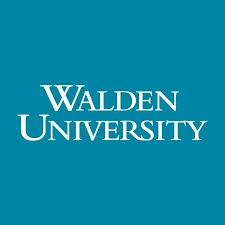
Digital Object Identifier
10.18870/hlrc.v9i1.449
Abstract
The post-1980s changes in the global higher education landscape have triggered a burgeoning of incidents of academic corruption in higher education institutions. Since 2000, the discourse on how to combat academic corruption has gained traction in higher education and quality assurance is advanced as one of the strategies for fighting corruption in higher education. In 2016, UNESCO (and the Council for Higher Education Accreditation) issued a “wakeup call” to quality assurance systems to take up a leading role in the battle against academic corruption. However, a dearth of empirical and conceptual studies on how the quality assurance systems, in general, and external quality assurance systems, in particular, can take up a leading role in the crusade against academic corruption exists. This conceptual paper, using the crime-punishment model as an analytical lens, explores how the national quality assurance agencies (and systems) can exercise the leadership role in combating academic corruption. The paper advances the setting of academic integrity standards, institutional and programme accreditation, accreditation of academic journals, sharing information and promoting whistleblowing, monitoring of institutions, applying sanctions, and ranking of higher education institutions on the basis of integrity indicators as options that are available to quality assurance agencies in the exercise of their leadership role in combating academic corruption. These approaches are hypothesised to create both incentives and disincentives for the institutions and staff in connection with engaging in academic corruption. Nevertheless, the paper takes cognisance of the fact that external quality assurance is necessary but not sufficient in combating corruption at the level of the academy.
Recommended Citation
Nabaho, L.,
&
Turyasingura, W.
(2019).
Battling Academic Corruption in Higher Education: Does External Quality Assurance (EQA) Offer a Ray of Hope?.
Higher Learning Research Communications, 9 (1).
DOI:10.18870/hlrc.v9i1.449






